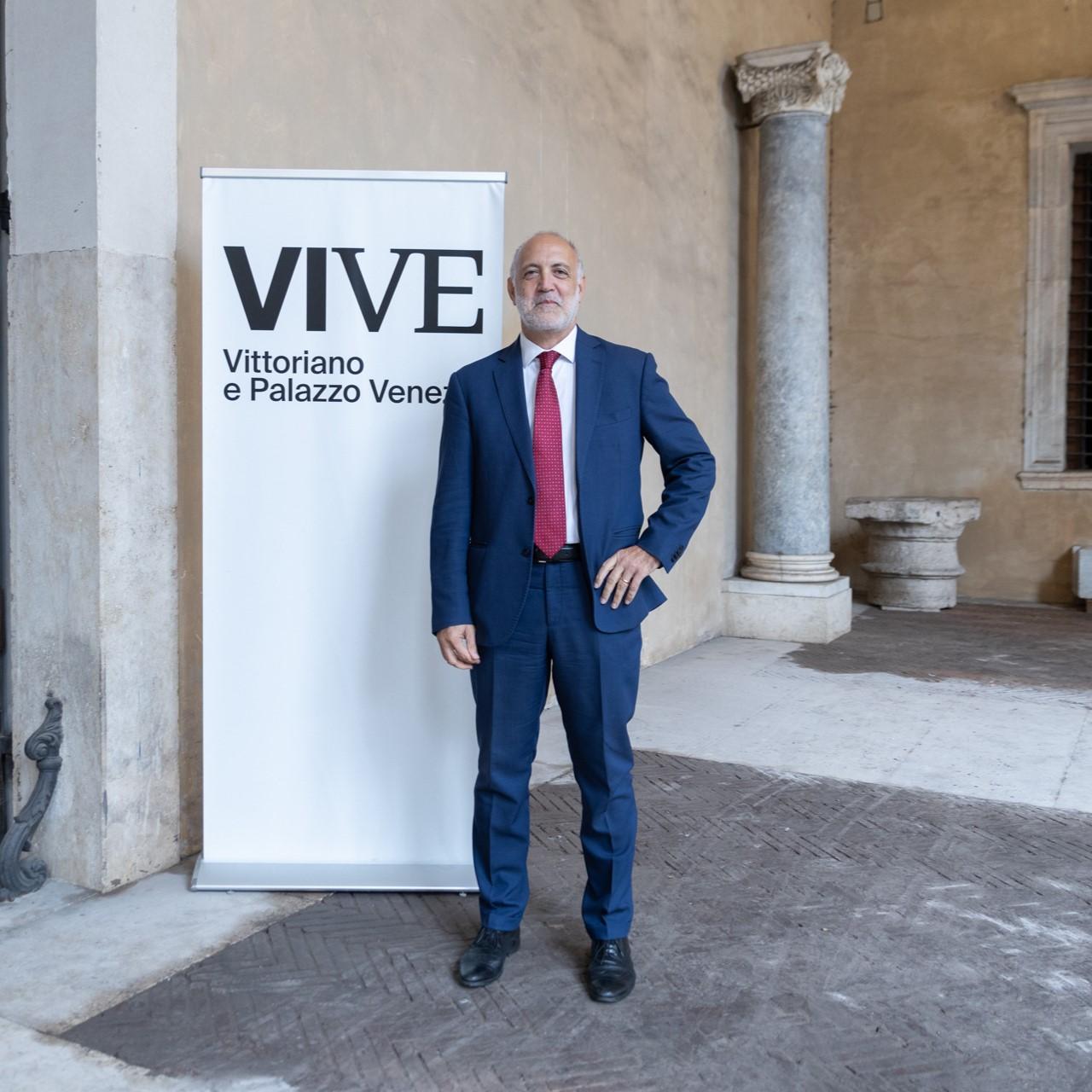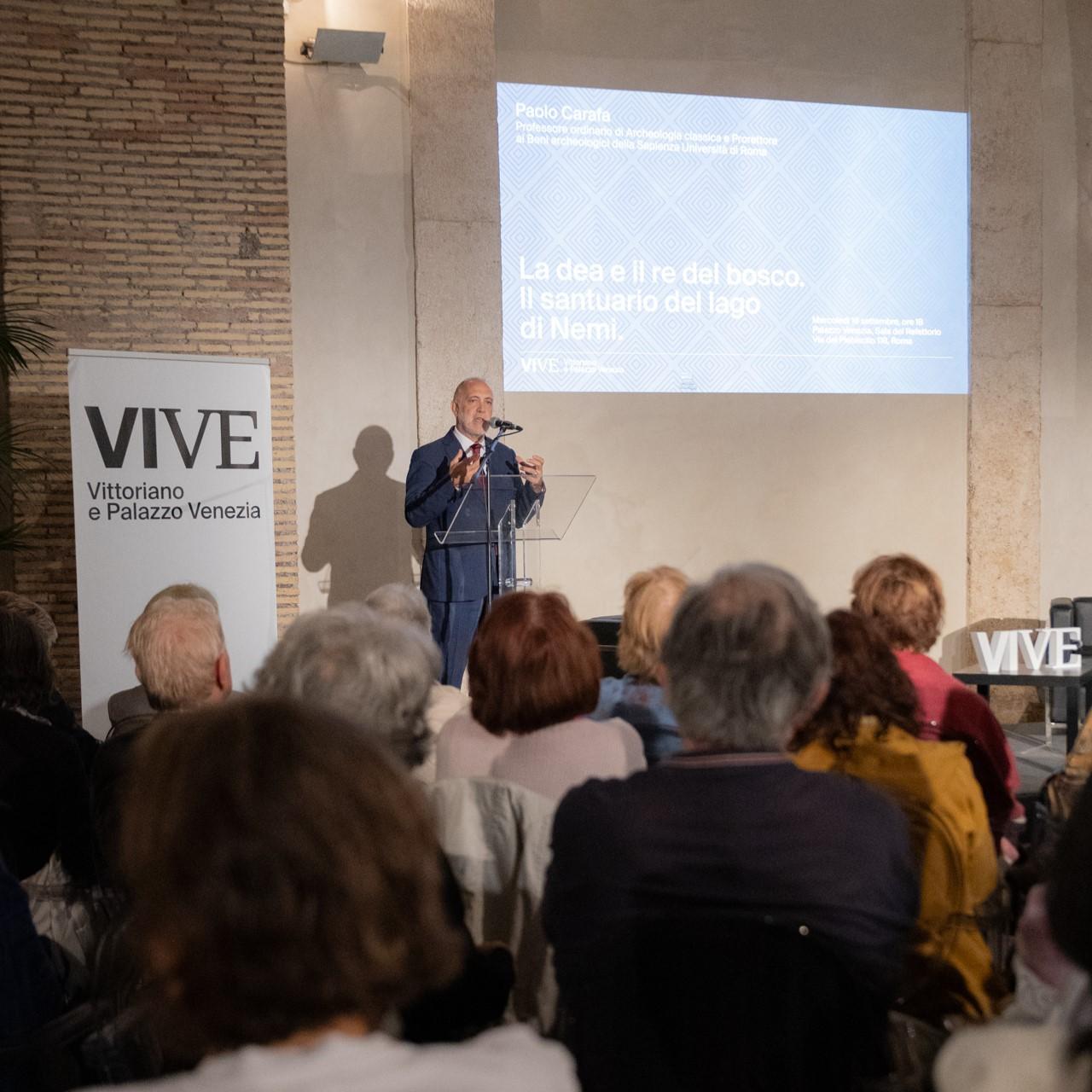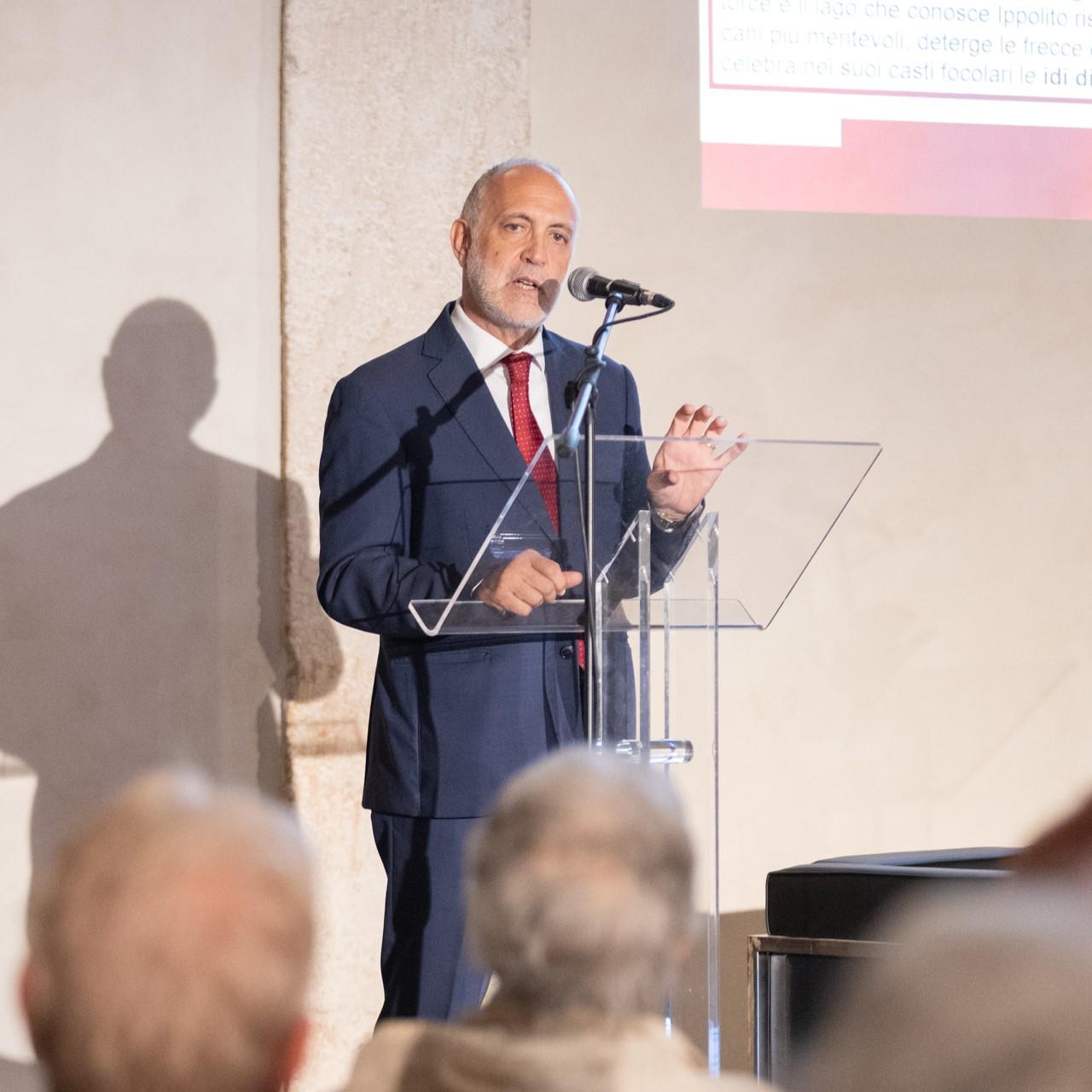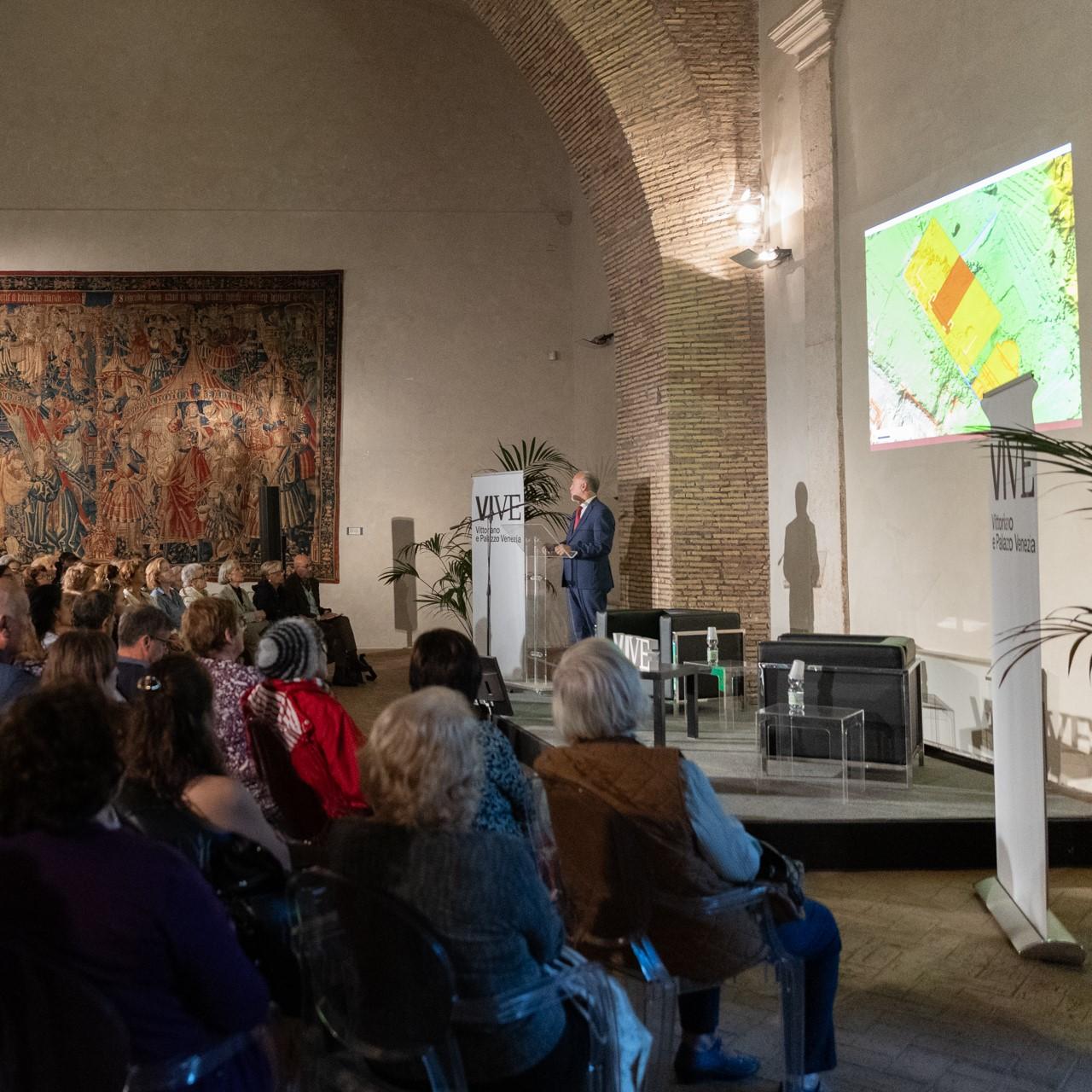SERIES: Landscapes of the Center of Rome
SPEAKER: Paolo Carafa, Full professor of Classical Archaeology and pro-rector for archaeological heritage, ‘Sapienza’ University of Rome
DATE: Wednesay 18 September, 6 pm
Man-made landscapes constitute an incessant flow characterized by continuity and discontinuity, expressed not only in time but also in space. Thus, the ancient city of Rome itself, the main object of our interest, was part of a system of contexts and processes that did not stop at its walls but extended to the suburban countryside and territories, sometimes far away, where Rome had acted and eventually dominated. The Albano Massif and the area around Lake Nemi was one of these contexts. Here, the oldest roots of Latin identity were recognized, some of the most venerable shrines in the entire region were located, and the first politico-sacral organization of Latium had been formed. By appropriating places like these as well, Rome was able to renew its instruments of government and enshrine its first dominion over neighboring communities.














